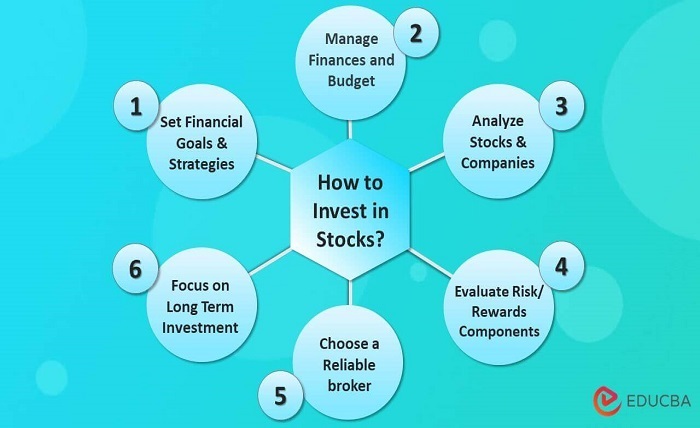Investing your money can be a great way to achieve your financial goals and build your wealth. However, investing can also be risky and complicated, especially if you are not familiar with the basics of investing. In this article, we will explain some of the key concepts and principles of investing, and provide some tips and resources to help you get started.
What is Investing?
Investing is the process of putting your money into assets that have the potential to increase in value over time. These assets can be stocks, bonds, mutual funds, real estate, gold, cryptocurrencies, or any other type of investment that suits your risk tolerance and objectives. The main goal of investing is to earn a return on your money, either through capital appreciation (the increase in the value of your assets) or income (the dividends, interest, or rent that your assets generate).
Read more about LBX Investments: A Diversified Commercial Real Estate Investment Firm
Why Should You Invest?
Investing your money can have many benefits, such as:
- Growing your wealth: Investing can help you grow your money faster than saving it in a bank account or under your mattress. For example, if you invest $10,000 in a stock that grows by 10% per year, you will have $25,937 after 10 years. If you keep the same amount in a bank account that pays 1% interest per year, you will have only $11,046 after 10 years.
- Beating inflation: Inflation is the general increase in the prices of goods and services over time. Inflation reduces the purchasing power of your money, meaning that you can buy less with the same amount of money as time goes by. Investing can help you beat inflation by earning a higher return than the inflation rate. For example, if the inflation rate is 3% per year and you earn 7% per year on your investments, you are effectively increasing your purchasing power by 4% per year.
- Achieving your financial goals: Investing can help you achieve your short-term and long-term financial goals, such as buying a house, paying for education, retiring comfortably, or leaving a legacy for your loved ones. By investing your money, you can leverage the power of compounding, which means that your returns are reinvested to generate more returns over time. This way, you can accumulate more wealth than by simply saving your money.
How to Start Investing?
Before you start investing your money, you need to do some preparation and planning. Here are some steps to follow:
- Set your financial goals: You need to have a clear idea of why you are investing and what you want to achieve. Your goals should be SMART: Specific, Measurable, Achievable, Relevant, and Time-bound. For example, instead of saying “I want to retire rich”, you can say “I want to save $1 million by the age of 65”.
- Assess your risk tolerance: You need to understand how much risk you are willing and able to take with your investments. Risk tolerance is influenced by factors such as your age, income, expenses, savings, debts, personality, and knowledge. Generally speaking, the higher the risk, the higher the potential return, but also the higher the chance of losing money. You should invest in assets that match your risk profile and diversify your portfolio to reduce your overall risk.
- Choose an investment strategy: You need to decide how you will invest your money and what kind of assets you will invest in. There are different types of investment strategies, such as value investing (buying undervalued assets), growth investing (buying assets with high growth potential), income investing (buying assets that generate regular income), or passive investing (buying index funds or exchange-traded funds that track a market or sector). You should choose a strategy that suits your goals, risk tolerance, time horizon, and level of involvement.
- Select an investment platform: You need to choose a platform where you will buy and sell your investments. There are different types of platforms available, such as online brokers (websites or apps that allow you to trade stocks, bonds, funds, etc.), robo-advisors (automated services that create and manage a portfolio for you based on your preferences), or financial advisors (professionals who provide personalized advice and guidance on investing). You should compare the fees, features, convenience, and reliability of different platforms before choosing one.
- Start investing: Once you have done your research and planning, you are ready to start investing. You should start with an amount that you can afford to lose and gradually increase it as you gain more confidence and experience. You should also monitor your portfolio regularly and adjust it as needed according to your goals and market conditions.
Conclusion
Investing is a powerful way to grow your wealth and achieve your financial goals. However, investing also involves risk and complexity that require knowledge and discipline. By following the steps outlined in this article, you can start investing wisely and confidently. Remember, the sooner you start, the better. Happy investing!

